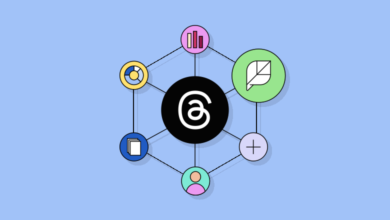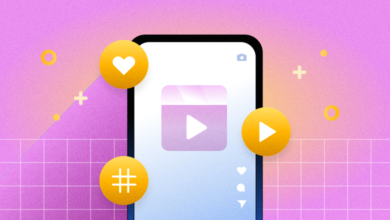A Quick and Effective Approach to Facebook Advertising
A Quick and Effective Approach to Facebook Advertising by John Jants Read more in Duct Tape Marketing
Facebook remains the dominant social media platform. In a recent earnings call, CEO Mark Zuckerberg shared that there are more than 2.2 billion active monthly, with about 1.5 billion using it every day. This means that small business owners who are not advertising on Facebook are missing out on the opportunity to connect with nearly a third of the global population.
If you’ve been thinking about Facebook advertising but are intimidated by the process of launching an ad campaign on the platform, never fear. This simple guide will help you get your first campaign up and running.
start by setting goals
What exactly are you hoping to achieve with your Facebook campaign? Yes, you’re looking forward to more business, but how do you measure success? Set clear goals with firm numbers. Something like, “We’re hoping to increase website traffic by X percent” will help guide you through the process more effectively than a goal like, “Find new prospects.”
set up your budget
Before you get into the actual construction of the campaign, you need to know how much you can actually spend. Many small businesses don’t set a firm budget for Facebook and increase their spending month after month in search of better results.
This is a recipe for spending well outside your means, and will allow the Facebook advertising platform to drive you, rather than just work sensibly within a budget you can actually spend.
It’s best to set a daily budget when you’re first starting out. This lets you monitor your spending more closely, and you can adjust or stop spending as you learn more about your advertising costs.
find your audience
Facebook advertising can allow you to stay on top of your existing customers and reach a new audience who may be interested in your products and services.
You should already have some knowledge of the customers with whom you interact regularly. Things like age, location, and gender are ways you can narrow down the audience for your ads. You are able to customize all of this information, or Facebook can automatically select your ad placement for you if you don’t feel comfortable doing so now.
You can also target your ads to people who have interacted with your business in person, but may not necessarily have encountered it online. By creating a Custom Audience for offline activity, you can present your ad to people you’ve met either at an in-person event or at your brick-and-mortar store (see How to set up a Custom Audience for offline activity). More details can be found on found here).
You can also use the Facebook pixel tool to install a single line of code into your company’s website. This code tracks people who visit your site and will send them targeted Facebook ads based on their behavior. For example, if you own a shoe store and someone recently browsed your site for women’s shoes, you can target them with a Facebook ad for your new wedge sandals.
Facebook allows you to create Lookalike Audiences using the information you have on the demographics of your existing customers. You upload your current customers’ information to the Facebook advertising platform, and they will generate a list of users with similar characteristics.
Compromise on your ad type
Facebook offers a variety of business ad types. The type of ad you want to create will depend on the goals you set for your campaign.
- Link click ads and video ads probably come to mind when you picture a Facebook ad. They are included in a viewer’s newsfeed. They contain either a still image or video, and will direct traffic to your landing page or blog post of choice on your external website.
- Boosted Page posts are a little different. You can always post something on your business’s Facebook page for free, but you can choose to promote the post for a cost, increasing the reach of the original post.
- Carousel ads and archive ads also appear in viewers’ newsfeeds, and they provide them with the opportunity to scroll through different images. These are popular with retailers offering a variety of similar products.
- Dynamic product ads are ads that are linked to the Google Pixel code. These ads are displayed based on past actions of visitors to your company’s website.
- Lead ads contain a form within the ad, which allows viewers to download your eBook or sign up for your newsletter. This allows you to eliminate the steps of asking them to visit your external website and click the call to action button there.
- Ads like Pages can help you drive visitors to your business’s Facebook Page. They contain an image and text, as well as a button for them to like your page.
- Page Post photo and video ads allow you to share photos or videos from your Facebook Page with your chosen audience.
- App ads allow you to present viewers with a photo and a link that encourages them to download your business’s mobile app.
- Event ads and offer claims allow you to promote a specific upcoming event or promotional offer for your business.
- Local awareness ads allow you to target audiences within a certain geographic location. This is a great option for small local businesses hoping to reach people in their neighborhood.
- Messenger ads are included in viewers’ Facebook Messenger feeds. These messages appear alongside chats with their friends, and when they click on the ad, they can chat with your business.
See the guide in this article for more information on what types of ads best align with which goals.
check your progress
Once you’ve selected your ad type, you’re not done! You’ll want to check how your ad is performing against the goals you’ve set for the campaign. If you’re not getting the desired results with your current type, continue to refine your approach, changing your images and message in advertising, adjusting your target audience, or considering another ad type.
If you liked this post, check out our Small Business Guide to Social Media.






